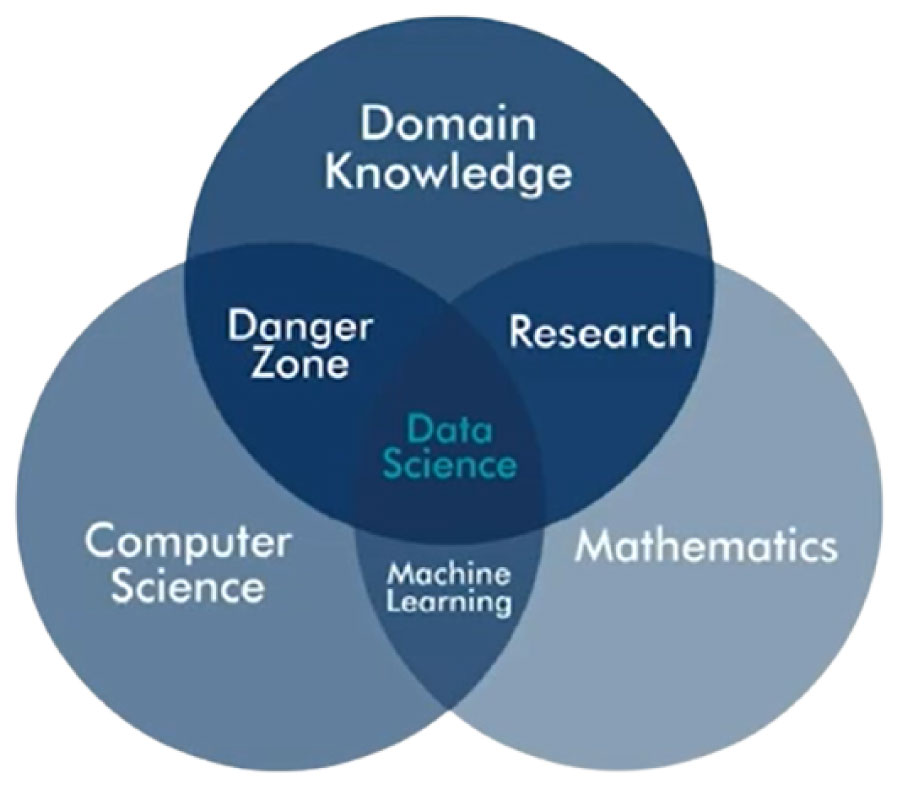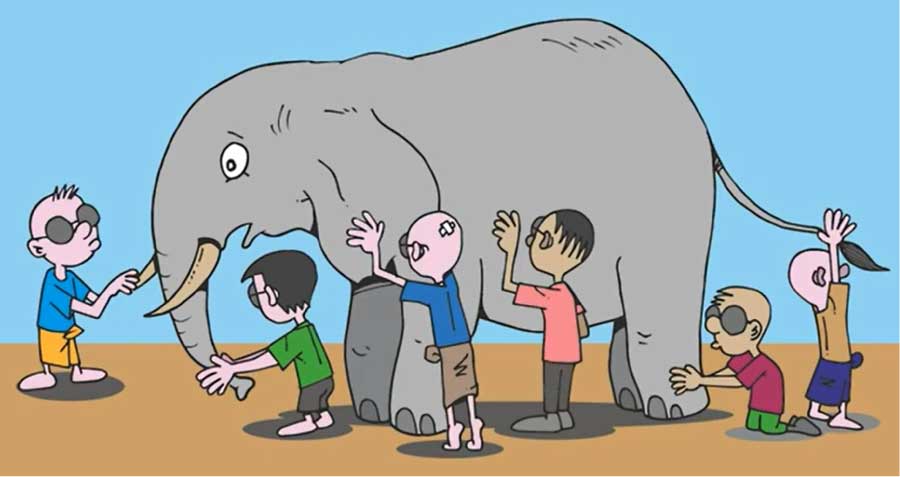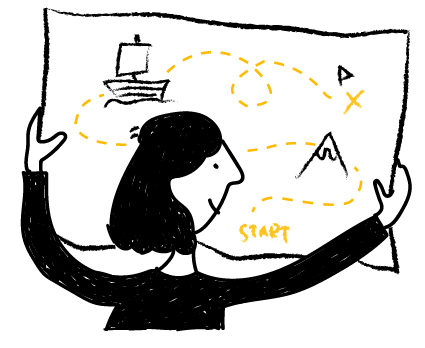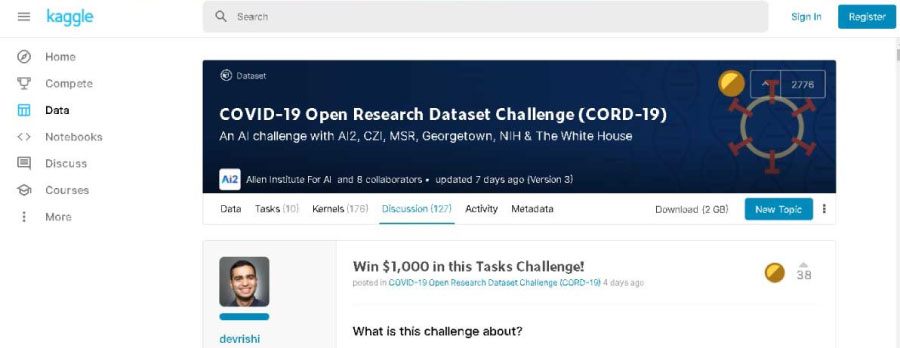You might wonder what the data science industry will be like in 2021 and moving forward?
Are there any signs of slow down for the demand of data professionals in Malaysia?
And is it too late to ‘upskill’ and land a job in the data field or data-related industries?
Well, we will answer all of this within this article and you’ll learn 5 practical and actionable proven tips to building a data science career in Malaysia in 2021.
Is data scientist in demand in Malaysia?

As we move toward a ‘digitalized’ society, the demand for data scientists in Malaysia is constantly growing, the stage of growth it is at, can be illustrated in 4 key stages: Infancy, growth, mature, decline.
In Malaysia, data professional skills among working professionals are still in the infancy stage where many industries especially the mid to MNCs size companies are always identifying local top data talents to hire.
When they couldn’t find good local talents, these companies looked beyond our shores to fill in certain roles due to the shortage of local skilled individuals.
However, since last year till now, with some of the government digital initiatives and private training providers efforts, the infancy stage we’re in is gradually moving towards the growth stage.
So what does it mean to you?
Well, that means there’s still a huge skill gap to fill – an opportunity for graduates and working professionals.
And if the data roles demand is high but local data-skilled professionals are scarce – this means companies are willing to pay top dollar for you.
Is data science a good career in 2021?
To determine this we’ll look at 3 economic indicators that have an influence on job prospect:
- Demand
- Supply
- Industry Growth
Data science is not merely a rewarding career, but you can build a fulfilling career in this field – when skill demand is high, supply is low, and growth is exponential.
The trend of data science adoption by companies in Malaysia won’t be slowly down, but accelerated quicker due to the pandemic – and as more SMEs and MNCs look to ‘digitize’ their business division or subsidiary, hence data science will become a valuable role.
What more, if you’re someone who loves solving real-world problems based on information challenges of big data, pick up data science now – it’ll equip you with practical skills to excel in your chosen career.
You could become a data scientist, analytics professional, big data architect, information visualization expert or chief technology officer, business intelligence and much more data-related careers.
Here are 5 practical and actionable tips to a data science career in Malaysia by 2021.
1. Understand data science
What exactly is data science and what makes data science skills unique?
Well, let’s illustrate data science in 3 major components – Computer science, domain knowledge, and mathematics.

When we talk about computer science, we’re not saying you must understand the mechanism of a computer or operating system.
However, what you really need to know are things like data structures or algorithms as an example. You don’t even need to have a computer science degree or IT background to practice data science.
But you’ll need a broad understanding of what computer science is about – such as what sort of problems computers can solve.
And this goes with mathematics as well, you’re not going to be solving mathematical problems, but instead you learn what sort of mathematics model, approach, or statistic model you’re going to pick based on the problem you’re trying to solve.
And you’re not here to solve a mathematical problem like finding the next prime number or factorization or algebra, etc. (so don’t worry!)
What you really need to know, for example, you want to forecast the next month’s revenue for your company, let’s say in real estate.
You’ll need to know what sort of mathematical model you should pick, and have sufficient computer knowledge to apply and implement a solution – whether in writing scripts or code to help you execute the mathematics problem.
The data we’re handling today is no long small sets or can be calculated manually, like we did in the past. And now we use computers or machines to help us to that.
And when you combine computer science and mathematics, it gives you machine learning. Machine learning is basically using computers to train the model with data and the traditional mathematical models.
What is the most important among these 3 components is domain knowledge. Understanding computer science and mathematics enables you to solve the problem. But the main challenge in data science is to be able to meet project requirements by asking the right questions.
To ask the right questions, is to have domain knowledge.
And if you’re someone who doesn’t have industry work experience or transition from student to the industry, it’s time to explore industry-based learning or get an internship to maximize your learning opportunities in a shorter time.
These days we have quantum computers and the most cutting edge technologies to answer questions, and finding answers is easy and highly accessible.
What’s challenging in this equation is actually having domain knowledge.
Hence, the first part of getting into data science is having domain knowledge/expertise, an understanding of computer science and mathematical models to implement and solve problems.
With these 3 components, now you’ve the right approach and mindset towards data science.
2. Choose your specializations
A lot of times when it comes to learning data science, people are told to learn a lot of different areas and moving parts – that ends up getting you nowhere.
And you’re not to blame if you’re getting confused with too much information today about data science – from the media, social platforms, and experts who are not a practitioner, etc.
Why? Because most of the time, information that you’re consuming is from data researchers and not from industry practitioners that know exact data insights and strategies.
For example, we illustrate it clearly with this picture of the blind men and elephants.

If you look at this picture, the blinds are touching the elephant, and when you ask someone about data science – if this person is in the industry, he/she probably says data science is about AI.
If this person is from a data engineer or networking background, he will tell you that data science is about big data. Because without big data you can’t train a model and machine.
And you’ve all sort of buzz words flying around, from ABCD – AI, Blockchain, Cloud computing, Data science. On top of Python or R language, which is more important.
But well, here’s the truth.
You don’t have to master everything at the very beginning, or qualification, it took Dr Lau, our founder, 15 – 20 years to fully grasp and master everything, but with a specialization.
Because when you try to master everything, you basically know nothing.
So here are 8 broad areas in data science that you can choose to focus on:
- Mathematics
- Statistics
- Natural Language Processing (NLP)
- Visualization techniques
- Machine Learning
- Big Data Analytics
- Data Engineering
- Data Analysis
Truth bomb: Even if you’ve completed an university degree or master’s degree, you are not going to master everything.
And each area will lead you to a different career path.

How do you know which area to start with?
Well, it depends on what you want to become.
Data Engineer
For example if you aspire to become a data engineer. So a data engineer is someone who looks after the entire data architecture and platform for a company.
Every big company will have a dedicated engineer to look after their data platform, so that they know when to collect data, disseminate data, or storage of data.
Think about it, if you’re Airasia, Fave, Grab – where you have so many data points and transactions – every time when you collect these data, where do you keep them?
All in the same servers? Obviously not. As it depends on the purpose of each data collected, some real-time usage, some are for references, etc.
So, if you want to become a data engineer, you should be focusing on areas like big data analytics and data engineering.

So the big data analytics area helps you familiarize with cloud solutions, such as setting up AWS, Google Cloud, or Microsoft Azure, and the use of big data platforms like Hadoop.
You need to know how to collect and store data in a scalable manner – the keyword is scalable. This enables the system to run consistently whether you’re serving 10,000 customers or 1 million users, you’re able to architect or design a system to perform, no matter how many users you’re serving – at an optimum cost.
So the data engineering skills you need are like setting up data pipelines, gathering data from different resources, for example web API, CSV file, SQL tables, and you’ve some advanced topics like data security, governance, and privacy – which falls under data engineering.
A data engineer doesn’t need to know machine learning or data analysis. Their job is to create an infrastructure to manage big data.

Data engineering is a common career path especially for those who are from the network administration or database background.
Skills: Typically, a data engineer needs to write very complex queries to manage large datasets. Due to this, they need to know a querying language very well. Depending on the company they’re working with, this can be an SQL or NoSQL language.
Tools: MySQL, MongoDB, Cassandra, etc.
Data Analyst
Next, is a data analyst career path. The critical skills that you need for this role, out of the 8 areas are data analysis, statistics, and visualization.
A lot of time, when people talk about statistics, their heads start to spin, because of the jargons. For example, T-test, hypothesis testing, type-1 or type-2 error, etc.
So, first thing first, you’ll need to pick up the language used in statistics and understand their formula. For example, Pareto distribution, which is so called the 80/20 rule, normal distribution, which in real-life we call it the bell curve. Stuff like that.
Basically using numbers to represent something, and to do comparison after. And the basic understanding of statistics such as mean, mode, median, averages, and standard deviation – you’ll need to pick up along the way.
Now we look into visualizations. Visualization skills that a data analyst needs are beyond using charts, but someone who is good in designing dashboards – operational dashboards & strategic planning dashboards in particular (most commonly used).
You need to know when you need an operational or strategic dashboard, what kind or type of data should go into an operational dashboard or strategic dashboard, their usage purpose, frequency, and context.
And this is when you’ll get familiar with the popular dashboard software in the industry such as Tableau, Power BI, Google Dashboards, etc. you’ll need to know their price difference, pros and cons of each.
And now, data analysis skills. The demand of data analyst skills are rather more forgiving than a data scientist skills (which will cover more below).
As a data analyst, your data analysis skills focus more on the statistical and historical part, or what we called as the descriptive analytics. And the sort of descriptive analytics is about using relevant collected data to understand a problem and root cause.
Skills: An analyst needs to know a querying language, which will differ based on the company they are in. Knowledge of one or more programming language is vital.
The main task of an analyst is deriving insights from data, so it isn’t necessary to create or write to data tables. Knowledge of visualization tools will be useful.
Tools: MySQL, Hive, Python, Tableau, Excel, PowerBI (these will differ based on the company you work for).
Data Scientist
Last but not least, data scientist as your career path.
Many companies, even before the pandemic, have many activities and systems running like ERP, CRM, HR systems, finance systems, etc. and the amount of data they’ve collected and model built was doing fine until the pandemic happened.
These companies that relied on their existing data and models have found that the pandemic has shifted their entire models & systems, resulting in redundancy.
Hence, this has caused another wave of an all-time high demand for data scientists especially companies rushing to digitize their processes and system differently.
And this has accelerated the growth of digitalization, where the industry demands data scientists however you may even find many HR personnel are not familiar with hiring this role during an interview (which is your job to share and educate them).
The key areas among the 8 areas mentioned above, you’ll need data analysis, NLP, visualization, and machine learning.
Skills: One or more programming languages, math and statistics, data analysis, NLP, visualization, machine learning.
Tools: R or Python (packages such as Numpy and Pandas).
So, what’s the difference between a data analyst vs data scientist candidate?
The key difference is – a data analyst roles or tasks are very specific. When a company hires a data analyst, they’ll hire you for a specific role, for example, fraud analyst, web analyst, social media analyst, finance analyst, etc.
On the other hand, when you work as a data scientist, you’ll see things from a different level – tasks like coming up with a data strategy for the entire company, managing end-to-end data workflow and processes of a company.
On top of data analysis and visualization skills, you also need machine learning skills. A big part of a data scientist’s career is to gather and clean data, 70% – 80% of the time dedicated to that. Because, as you probably know if the data is not clean, the machine learning models built will not be accurate.
And after all that hard-work, you’re able to build a machine learning model that would be able to predict the future, and make a decision with certainty. And the key here is certainty.
Yes, predict the future with certainty via high quality data feed to the model.
The last skill of a data scientist is Natural Language Processing (NLP). With NLP skills, it’ll be sure to take your skill to the next level. Why?
In many organizations, let’s say a retail outlet, what is the most important thing to look at, besides the sales? The product.
And how do you know your product is good or bad in the eyes of your customers? You look at reviews, right?
How customers today make a review, of course not by calling you – but putting it on social media. And that’s why NLP is powerful.
Because all these unstructured data can be only analysed by using NLP. You need to know how to crawl data, go around the digital space to find out how your product responds.
Another topic is about understanding the sentiments – from politics to businesses, they all use social media listening tools, which later uses NLP to process and understand what is happening on-ground, how a politician or business is being perceived.
So, the key 4 areas a data scientist have to be skilled into, while the other 4 areas, you’ll need to develop along the way in your career.
3. Learn the tools
Why do you need to learn the tools?
Well in data science you’ll have to do the boring and repetitive tasks, then only proceed to the sexy and exciting part.
And the boring part consists of how to extract data, how to transform data, and how do you load data. The ETL process, basically.
Here are 3 tools that are open source and free to use:
Python or R language
If you already know one of them, you don’t need to switch. Most of the companies accept either one, unless they specifically mentioned one of them.
But who specifically hires R programmers only? Usually organizations which are research-oriented, academics, or companies who invested heavily into R language at the early stage.
Most of the time, it doesn’t matter that much.
If you’re coming from a web development background or you know JavaScript, we suggest you pick up Python first – as it’s beginner friendly-language and the syntax is easier compared to R language and the applications are widely used.
What if you’ve studied or tried programming before and if you’re diagnosed with “code-phobia”?
Well, here’s another free tool we would recommend: Orange. This is for someone who wants to learn the algorithms and workflow of data science but not programming. Or if you wanted to experience data science the first time without coding.
So these are 3 tools that you can use for your data science project: Python, R, or Orange.
4. Craft a plan

A lot of people, when they first started to learn data science, they got pumped, thrilled, and excited – but after that the motivation dies down. Even worse, they burned out.
And we’ve seen it again and again, in particular those who self-learn data science, they bought courses on Udemy, Coursera, and did not complete it.
Why? Because there were no proper plan and support in place.
Most of our students in Data Science 360 programme, statistically, they are able to pick up data science by spending only 1 hour a day for 12 weeks.
Setting learning targets is important, but setting too harsh or tight targets is not the way to go. For example, “become a data scientist in 7 days”, which many companies are promoting that way – but truthfully, it’s not possible.
Why? Because it takes a lot of practice, at least months.
However, we’ve just shared with you a proven recipe – spending 1 hour a day for 12 weeks. And this is a general rule of thumb, as many of our students are working professionals.
5. Build a portfolio

A good portfolio tells employers why they should hire you. A great data scientist in the industry doesn’t need to submit a resume/CV. Resume/CV could be an entry ticket, it’s useful, however a portfolio especially is the key to stand out from the others.
Some ways you can build up your credential or portfolio can be done with Kaggle, Medium, Quora, or Linkedin to showcase your work and professional value. And for graduates, start with your capstone project.
These ways are proven, working, and effective.
Your portfolio doesn’t need to be entirely about data science, it can be your business experience, analytical, showcasing diversity is also a plus point.
Read more on how to prepare your portfolio for an interview here.



0 Comments